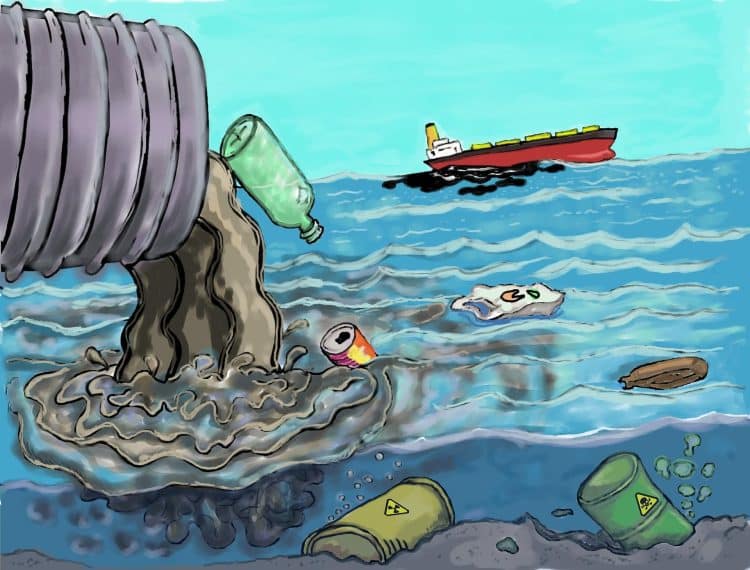Recently, a grand jury in San Diego, California, indicted a cannabis extraction company for dumping hazardous waste indiscriminately into landfills. This included 55-gallon drums of flammable ethanol. The defendants failed to realize — or chose to ignore — that certain solvents and chemicals integral to extraction are hazardous to the environment and human health.
The waste generated from cannabis extraction varies widely by process and facility. It is possible that extractors using the same solvent produce vastly different quantities of waste based on equipment and processes. But many facilities do generate hazardous waste, and this waste must be disposed of according to state and federal laws.
The Environmental Protection Agency regulates hazardous waste disposal at the federal level under title 40 of the Code of Federal Regulations (CFR) parts 260-273, which is a section of the larger Resource Conservation and Recovery Act (RCRA). The list of chemicals that qualify as hazardous waste is extensive, but there are some guidelines regarding how to determine hazardous status:
- May increase mortality rate or cause irreversible or incapacitating illness
- Poses a threat to human health and the environment if not stored, transported, and managed properly
More specifically, hazardous waste encompasses any of the following:
- Liquids with a flash point less than 140°F (e.g., ethanol)
- Solids capable of igniting at standard temperature and pressure through friction or spontaneous chemical changes
- Compressed gases (>40 psi at 70 °F) that may ignite
- Corrosive materials (pH ≤ 2, or pH ≥ 12.5)
- Reactive, unstable materials that may (or may not) detonate when mixed with water
- Waste that contains dangerous levels of a known toxin (e.g., mercury)
Extractors who generate waste must first determine that it is hazardous using product/process knowledge and chemical/physical testing and analysis of the waste. The EPA notes appropriate testing procedures in subpart C of 40 CFR part 261.
Generators (i.e., extractors) must obtain an EPA identification number prior to removing hazardous waste. The extractor, designated waste transporter, and authorized waste facility owner then sign a hazardous waste manifest; it includes details related to type, quantity, transport, and treatment/disposal. Each individual involved in this process must retain a fully signed copy.
The EPA encourages states to implement and enforce these regulations as part of their own programs. The organization provides a list of state agencies regulating hazardous waste.
For example, in Oregon, extraction byproducts are considered industrial waste. The Department of Environmental Quality offers free on-site visits to help extractors determine if they require hazardous waste removal. Non-hazardous liquid and solid extraction waste, on the other hand, can be mixed with cat litter and sent to a normal landfill.
In California, the Department of Toxic Substances Control aids extractors with hazardous waste compliance. If not combined with hazardous material, cannabis waste generally falls under the umbrella of regular organic waste.
Colorado requires that ordinary cannabis waste be ‘unusable and unrecognizable,’ which involves grinding and combining with other solid waste. Hazardous waste, on the other hand, must be reported to the Colorado Department of Public Health and Environment along with an EPA identification number. The Hazardous Materials and Waste Management Division is available to assist extractors with their determination.
Cannabis extraction may produce hazardous waste. While cutting corners saves time and money in the short term, it is almost certain to result in legal charges and catastrophe in the long term. Learning the rules of hazardous waste disposal can help extractors ensure they stay in business — without threatening public health.












